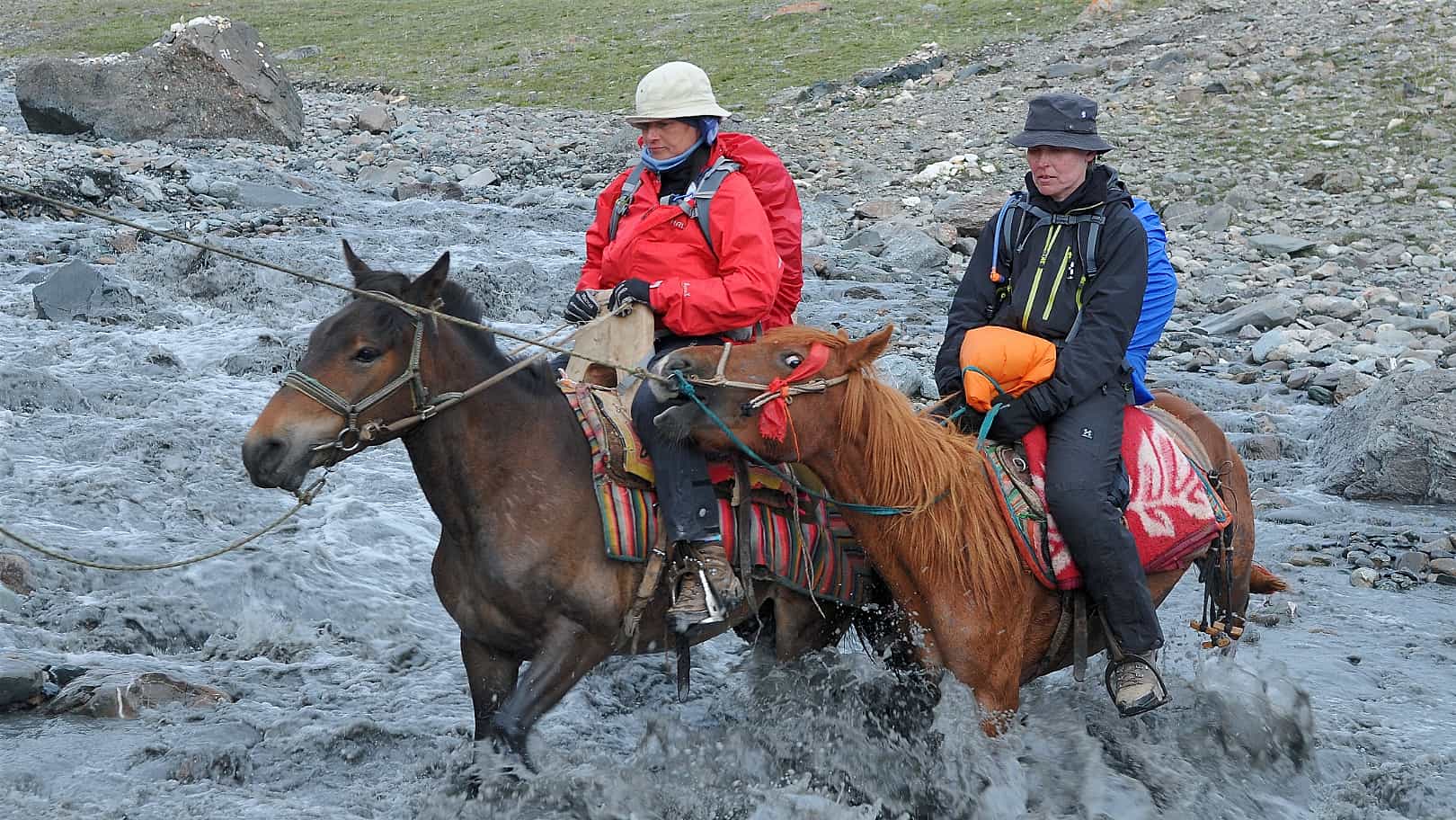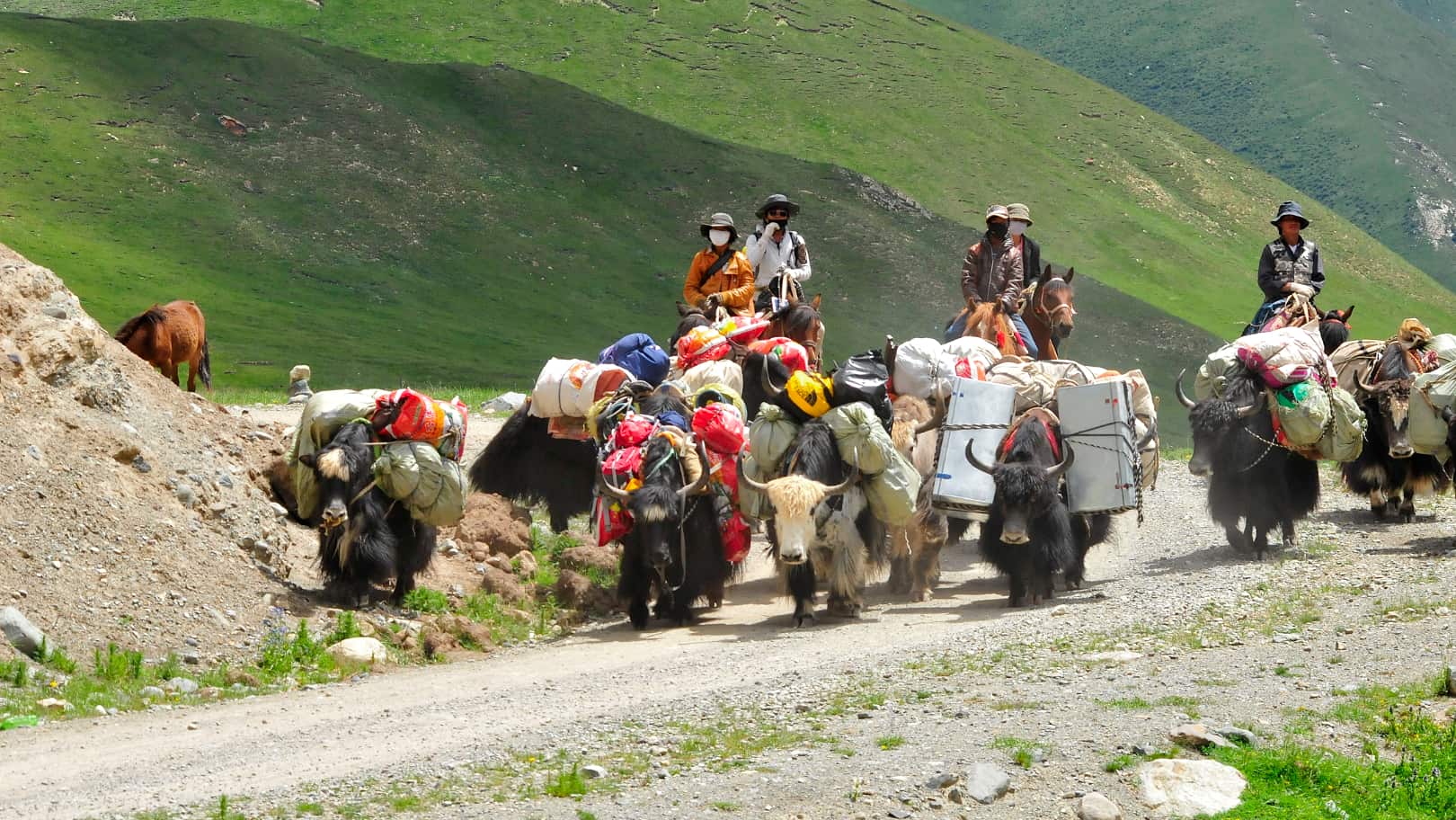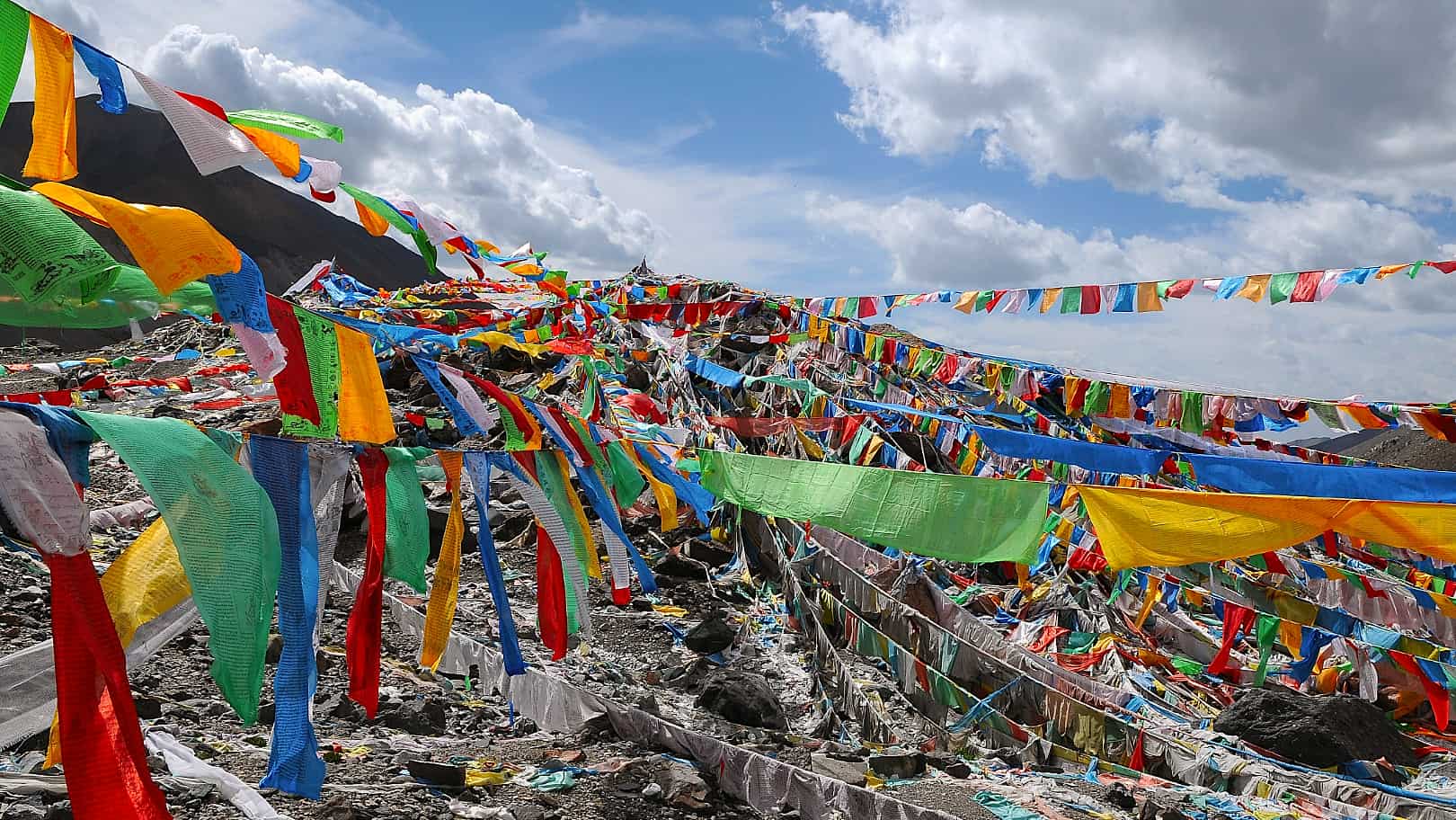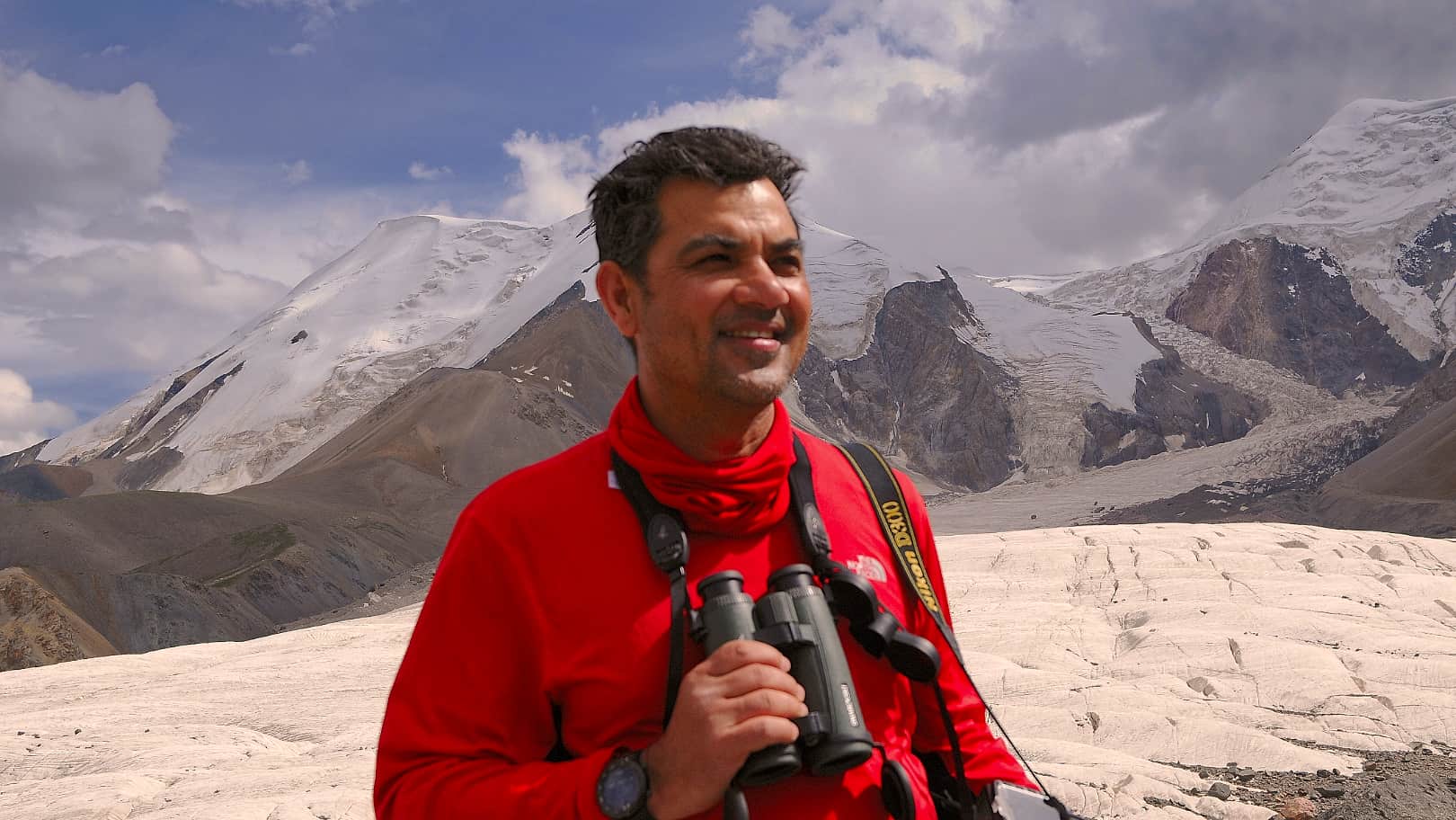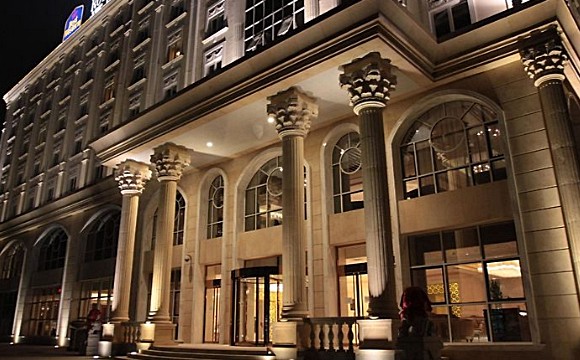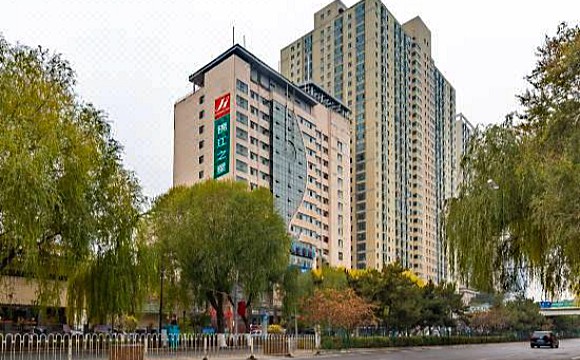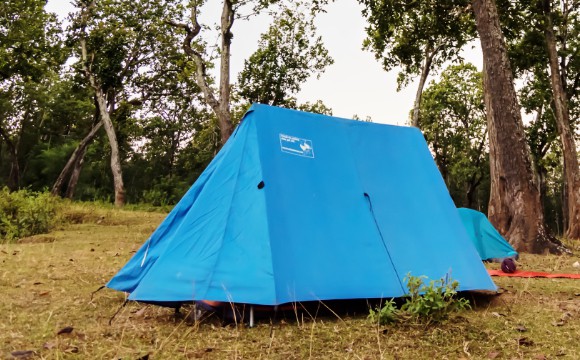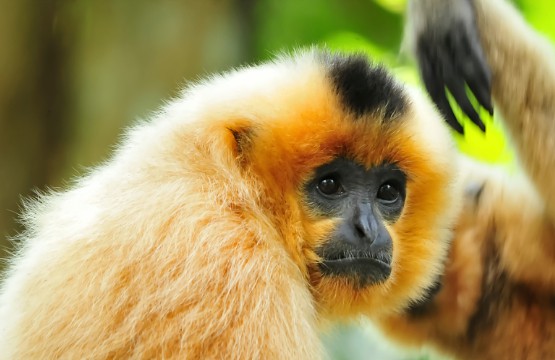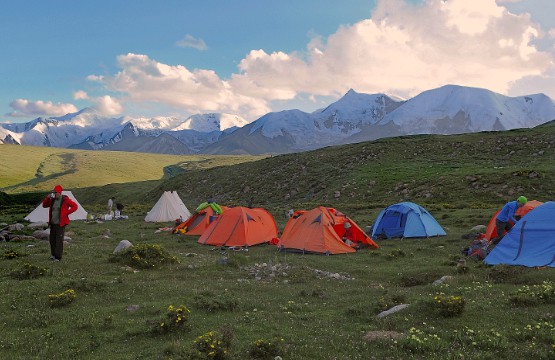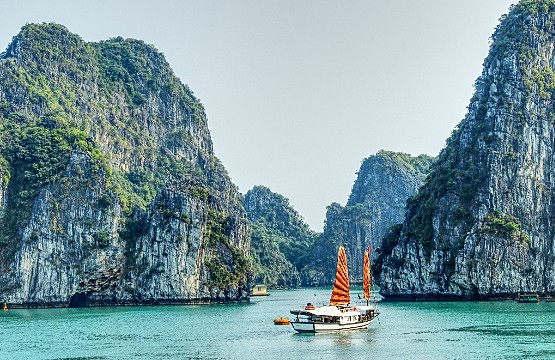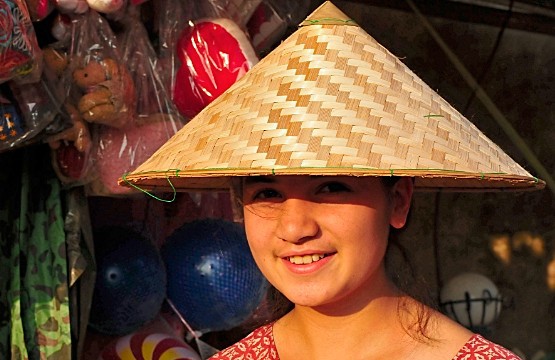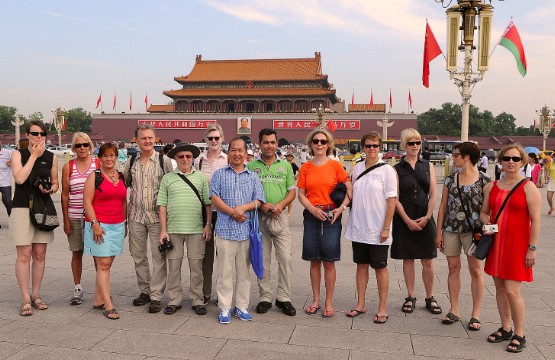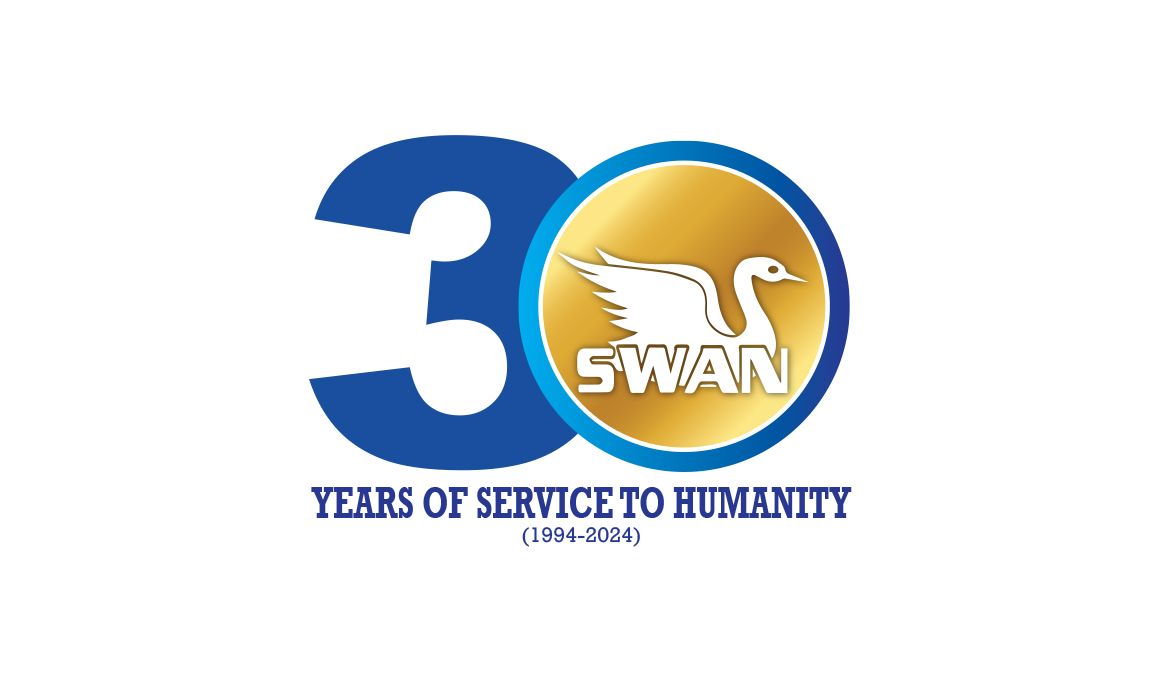Amnye Machen Trek: A Spiritual Journey to Tibet’s Sacred Mountain
The Amnye Machen is one of the four main holy mountains of Tibet along with Kailash, Gongga and Meili Xue. Located in Golog Tibet Autonomous Prefecture (མགོ་ལོག་བོད་རིགས་རང་སྐྱོང་ཁུལ་) in Amdo (ཨ༌མདོ) , it rises to 6282 m / 20,605 feet. In 1929, adventure traveler/botanist Joseph Rock incorrectly measured the mountain at... More
The Amnye Machen is one of the four main holy mountains of Tibet along with Kailash, Gongga and Meili Xue. Located in Golog Tibet Autonomous Prefecture (མགོ་ལོག་བོད་རིགས་རང་སྐྱོང་ཁུལ་) in Amdo (ཨ༌མདོ) , it rises to 6282 m / 20,605 feet. In 1929, adventure traveler/botanist Joseph Rock incorrectly measured the mountain at over 9000 m / 29,520 feet, making it the world’s highest mountain for a short time. Later, the mountain was re-measured at its current height. Amnye Machen has long been considered a sacred mountain and a place of pilgrimage. This lesser known holy mountain is equally as important to the Tibetan people as the more well known Mt. Kailash (Gang Rinpoche). Mt. Amnye Machen attracts Tibetan pilgrims from all across eastern and northern Tibet during the summer months. In the past, up to 10,000 Tibetans would make the 120-mile circumambulation of the mountain each year.
The journey from Beijing is marked by stunning, if desolate, scenery and Mt. Amnye Machen and Qinghai Lake; or Lake Kokonor (3600 m) are two of the most remote travel destinations in the world. At end of the day, the main attractions of what is likely to be a three week trip are a mountain and lake, but what a mountain, what a lake!
Our once-in-a-lifetime journey to Holy Mt. Amnye Machen begins in fabled city Beijing, the far east of China. This wild, remote trekking journey starting from the north eastern border of the Tibetan Autonomous Region, Qinghai takes us deep into far eastern regions of Tibet where the diverse journey reflects the Silk Route trade of olden times; old men and women with weathered, turning the wheel of Dharma chanting prayers. The nomads, in their turquoise, coral and amber necklaces and Tibetan ‘chubas’ worship in their Tibetan Buddhist Gompas and animism still is visible in many forms. Qinghai has long been connected to the greater Tibetan world and forms the launching pad for some of China’s wildest journeys.
LessGiving back to the communities is our responsibility!
With every trip, you also support the SWAN and thus projects for Sustainable Community development and Biodiversity protection.
Our primary NGO partner is Social Welfare Association of Nepal (SWAN), with whom we have carried out multiple CSR (Corporate Social Responsibility) projects. Besides carrying out regular CSR activities in the areas of education and women empowerment, we have supported relief and rehabilitation initiatives in the aftermath of several natural disasters like earthquake, immediate response to COVID-19 pandemic across Nepal.
Giving something back to the world is a special and responsible affair of travel-to-nature Asia right from its inception. When you travel with travel-to-nature Asia and SWAN-Nepal, you become an integral force for change in addressing the most pressing social and wildlife conservation issues. Your tourism funds help transform the future of under-privileged and marginalized communities and transform the future of at-risk natural places you travel. Portion of our profit flows to local communities who live with and steward nature, creating jobs and improving livelihoods.
By joining one of our holidays you are playing a vital role in bringing positive changes in the lives of local community.


